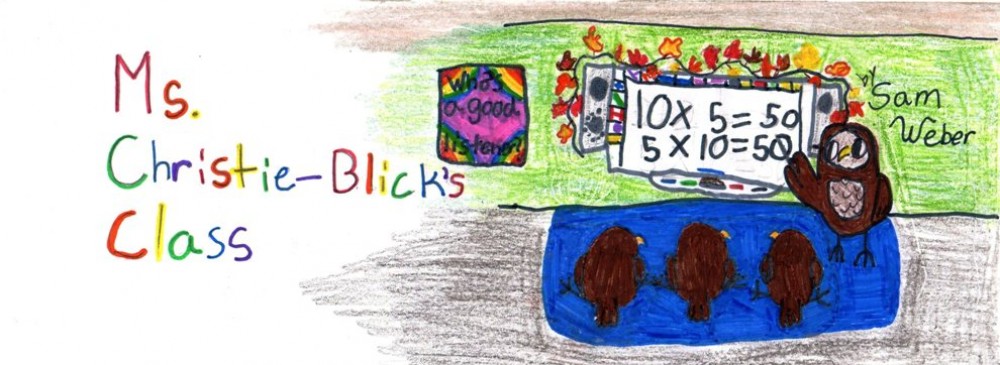If I told my science students that it’s spring now in South Africa (during October, November, and part of December) I know they’d ask, “What’s your proof?” So Chirpy and I headed out to find proof of spring.

Chirpy looking at protea flowers called “pin cushions”.
Just look at these flowers! Everywhere we go, along the coast, through the hills, a stroll through the botanical gardens, flowers are in their height of bloom.

Another type of protea flower.

Look at the size of this blossom on the King Protea plant!

This flower is called a Bird of Paradise. Does it look like a bird to you?

Penguin chicks stay close to their mommy.
Another sign of spring is seeing baby animals. We’ve seen penguin chicks, baboon infants, guinea fowl chicks, ostrich chicks and whale calves. What a treat to come across them in the wild!
And finally, perhaps the most convincing, is that the days are getting longer. We now have almost two more hours of daylight than we did when we first arrived a couple of months ago. Sunrise is now around 5:30 am and sunset is around 7:30 pm. When is sunrise and sunset in New York right now?

A mother and infant baboon eat grasses along the seaside.

In 6th grade science, we're learning about astronomy right now. There was a question on a do now that said, "If it is June 21st in New York, what season is it in the southern hemisphere?" Anybody who wants to answer can.
In 6th grade science, we're learning about astronomy right now. There was a question on a do now that said, "If it is June 21st in New York, what season is it in the southern hemisphere?" Anybody who wants to answer can.
Were the baboons in your backyard? What kind of grasses were they eating? Do they live in a pack or are they solitary animals?
We haven’t seen any baboons in my backyard yet. We’ve been told to keep the back door closed though in case they come around. It’s bad news if one gets into the house! I don’t know what kind of grass they eat. I don’t think they’re very picky. They live in a troop. They’re very social animals.
Were the baboons in your backyard? What kind of grasses were they eating? Do they live in a pack or are they solitary animals?
We haven’t seen any baboons in my backyard yet. We’ve been told to keep the back door closed though in case they come around. It’s bad news if one gets into the house! I don’t know what kind of grass they eat. I don’t think they’re very picky. They live in a troop. They’re very social animals.
Wow! What amazing pictures. I'm also facinated by these types of animals. I think elephants are smarter than lions. Your students did a magnificant job creating their blogs.
So glad you're enjoying it there. Have a Happy Thanksgiving!
Wow! What amazing pictures. I'm also facinated by these types of animals. I think elephants are smarter than lions. Your students did a magnificant job creating their blogs.
So glad you're enjoying it there. Have a Happy Thanksgiving!